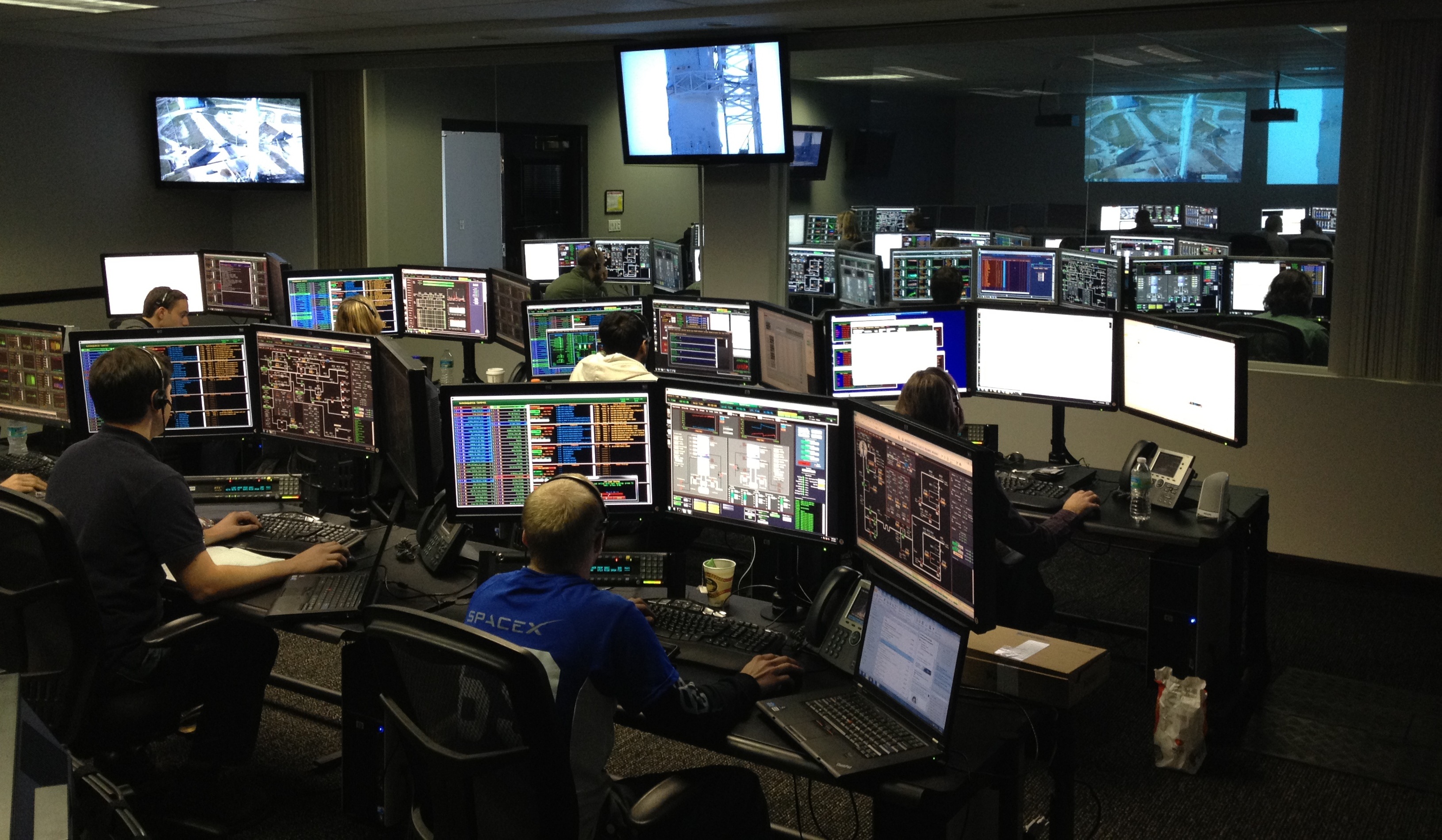Development Results
Vehicle and transportation systems
In line with the global trends, the main focus of the activities was on cooperative intelligent transportation systems (C-ITS), the theory of cooperative systems, integrated approaches of large-scale vehicle and traffic control system design, modern network communication protocols, fault tolerant operation in on-board control systems, and driver’s assistance systems.
- Cooperative vehicle systems: For the cooperative autonomous vehicle control, fully in line with the world trends, a group of methods was developed for analysis of stability and control precision. They allow for the effective treatment of several classes of modelling uncertainty that are often present in practical applications, while also taking inherent properties of the underlying communication network into account.
- Hybrid control: A set of distributed and hierarchical control strategies were developed for improved effectiveness in controlling hybrid and electronic road vehicles. Fault tolerant control and communication methods based on reconfiguration, as well as specialized vehicle topologies play a central role in the developed strategies. Design methods were developed for control tasks relevant to improved road stability, road safety and energy efficiency based on smart sensors as well as sensor fusion and communication networks. For integrated vehicle control design problems, the convex LTI design methods was extended to qLPV robust control design problems. There were novel solutions developed for the stability analysis of cooperative autonomous drive problems, based on the use of Lyapunov-Krasovski functionals and IQC approaches. The camera sensor based driver’s assistance system for the detection of road signs and the duly acquisition of various environmental parameters for the support of safe and dependable driving performance was made with close collaboration with the Robert Bosch Knowledge Centre. The solution for the control of partially automated vehicle platforms was invented together with Knorr-Bremse Ltd., which, beyond the control performance issues, takes the operational effectiveness of the platoons into consideration.
- Methods developed for the analysis of cooperative systems provided new approaches to the analysis of both the stability of formation control in vehicle systems and the accuracy of control as well. The methods can treat numerous classes of uncertainties originated in modelling and communication.
- Adaptive actuators: In the research of electro-mechanic actuators, which are widely used in the aviation industry, a new, light-weight electro-mechanical actuator device was developed that can be used in small unmanned robotic flying vehicles, such as drones. In the FP7 program ACTUATION2015, novel control algorithms and actuator models have been developed for civil aircraft applications in collaboration with UTC Aerospace.
- Advanced fault-tolerant control methods were developed to maintain the high safety standards in civil aviation. The methods address a well-specified set of potential failures in on-board sensor and actuator systems. In cases of failure, the state of the aircraft is guaranteed to remain within a specified safety domain, thus the burden placed on the pilot as well as a number of potential sources of danger are mitigated. This work was carried out in the framework of the RECONFIGURE FP7 project in cooperation with Airbus.
- A novel safety critical control architecture for avionics applications was developed for continued operation in the event of a single component failure in unmanned autonomous vehicles (UAVs). This capability is essential for the future integration of UAVs into the common airspace. A camera based sense-and-avoid (SAA) collision avoidance detection system was developed to help mitigate risks of mid-air collision in aviation. The system uses information fusion from the state of the aircraft and information on the predicted path of intruder aircrafts. It was developed with the goal of integration of UAVs into the shared airspace in mind. The fault tolerant architecture and the vision-based collision avoidance were implemented for a small-scale, redundant avionic system that is unique among comparable systems in that the GPU based image processing unit together with navigation instruments are capable of the timely detection of situations potentially leading to collision. A set of experiments have been carried out based on the implementation, which confirmed that the technology provides a viable solution to the safe spatial separation of autonomous aircrafts throughout the duration of their journey. Processing and analysis were performed on simulation and physical measurement data with the purpose of developing solutions for path estimation and collision probability calculation, in a research supported by the US Office of Naval Research (ONR).
- Flexible aircraft wing fluttering research was conducted in the FLEXOP H2020 European framework project. A number of models of different abstraction levels were developed for the representation of both the resonance issues (i.e. fluttering) occurring in flexible wings and the dynamic behavioural patterns of the entire aircraft structures during high speed courses.

Production informatics and logistics
Research, development and innovation in production informatics and logistics focus on the design, modelling and operation of service and logistic systems. Of special concern is the optimization as well as adaptability to real-time conditions on the shop floor, enterprise and network levels alike. In this field, the institute aims at closely following current trends in cyber-physical production systems. Key results obtained in 2015 are as follows:
- A novel production planning method defined specifically for modular assembly systems was applied for integrated production and capacity planning of robotized automotive assembly cells. The implemented discrete-event simulation component of the system enables the evaluation of plans in a realistic, dynamic environment considering also stochastic parameters and random events (e.g., disruptions).
- Novel statistical learning methods were developed that predict key system performance indicators by applying the results of proactive simulation runs as training datasets. The new methods and training algorithms have been validated and evaluated in a stochastic flow-shop environment, predicting the lead time of production orders.
- A new data representation scheme was developed on the basis of the SISO Core Manufacturing Simulation Data (SISO CMSD) standard that supports efficient discreteevent oriented simulation analysis. The scheme was applied in a number of industrial case studies.
- The production planning system developed for Audi Hungaria Motor Ltd. was tested on six production lines, followed by some modifications and fine-tuning to meet the user demands.
- A production scheduler and decision support system with advanced graphical user interface was developed for, and deployed at, a manufacturer that produces high-tech components both in small and large batches.
- A system formerly developed in a European R&D framework project for automatic configuring and off-line programming of robotic remote laser welding cells was applied in a first-time-right manner for setting up a cell and making a series of physical tests for the automotive industry.
- A pilot cyber-physical production system was established with various kinds of integrated and most advanced sensors and actuators. This environment enables to investigate problems of production, logistics and robotics, including decentralized control and human-robot collaboration, both in the physical and the corresponding virtual worlds.
- In cooperation with the Hitachi Manufacturing Technology Research Centre novel methods were elaborated for recognizing the relevant components of complex engineering objects along with reconstructing their topological relations departing solely from the scanned, pixel-based two dimensional technical drawings of the objects.
Most of the activities pertaining to applied production informatics and logistics were carried out in, and by the Fraunhofer-SZTAKI Project Centre for Production Management and Informatics established in 2010. Beyond performing contract-based research for small and medium-sized enterprises, main results were commissioned by world-class manufacturing companies such as Hitachi, Audi Motor Hungaria, GE Hungary, Jaguar LandRover, Opel, Volvo, Festo, BPW, Knorr-Bremse Fékrendszerek Kft, Aventics Hungary, Denso.

Energy and sustainable development
A fundamental precondition of sustainable development is the capability to adapt the energy production, transfer and transformation systems to the changing demands and available facilities. In the area of control and surveillance of these systems, one of the key preliminaries is the increased data processing, storage and transmittance capacity of the applied IT devices opening new opportunities also to enhance automation and efficiency, however, also generating new problems to face. In this context the following topics were addressed with special focus:
- Continued partnership with the Paks Nuclear Power Plant is part of the strategic collaboration program of the institute which provided background expertise for the refurbishment of existing control systems, and for the preparation and technical establishment of future projects aiming at the lifetime extension of equipment. Targeting the continuous improvement of the reactor protection systems, the reactor power control (rod control) system of the primary circuit and the regulation and nuclear security system are distinct application areas where contributions have been made. With its strong background in systems control, the institute has joined the planning phase aiming at the extension of the power plant with new blocks. The institute continued to support the International Atomic Energy Agency in the pursuit of creating a new nuclear safety standard by the submission of the report "Dependability Assessment of Software for Safety Instrumentation and Control Systems at NPPs”.
- The E+grid intelligent energy-positive public lighting system whose controller is running in the computational cloud of SZTAKI was fine-tuned and maintained. The continuous incoming data stream provided opportunity for elaborating further stochastic model fitting methods for forecasting both the demand and supply of energy.
- Energy management: a special mathematical solution package for an efficient energy management platform was developed with the sponsorship of the EC Joint Research Centre (JRC).

Security and surveillance
- Earth observation and remote sensing: The DUSIREF project is a joint project of the institute and the Airbus Defense & Space Hungary, sponsored by the European Space Agency (ESA). The main objective of the project phase completed in 2015 was high level urban scene recognition and change interpretation based on heterogeneous Remote Sensing (RS) data sources (mainly optical and TerraSAR satellite images and LIDAR data). Novel environmental analysis and reconstruction methods were developed relying on the 4 dimensional (3 spatial and 1 temporal) data representation: classification of urban objects, change detection, multi-level hierarchical analysis of object populations, estimative reconstruction of 3D building structures with textured polygonal models.
- Ad-hoc mobile camera networks: Based on the results of the PROACTIVE FP7 project, a multispectral sensor fusion and shape localization method was developed, which does not require the extraction of a flat ground plane. Further application areas include mapping, localization and tracking of partially covered objects in indoor spaces (e.g. bank branch offices). A novel pattern recognition algorithm augmented in conjunction with "deep learning" theory produced improved recognition rates. The optimized algorithm can achieve a speed of up to 100 FPS and can also be used in poor visibility environments.
- Automatic recognition of traffic signs: Developed for Budapest Közút Zrt, this application can produce a geographical database of different objects found along the roads based on MLS (Mobile Laser Scanner) LIDAR point clouds and associated image data. The produced solution was integrated into the partner's geo database system.

Networks, networking systems and services, Future Internet
- Organizing workflows based on Occopus: A new workflow concept called infrastructure-aware workflows was developed. The nodes of such new types of workflows can define not only computing and data processing tasks but also virtual infrastructures required by such kind of nodes. This new concept can lead to a breakthrough in the long-term sustainability of complex workflow based applications.
- Agricultural data management: An exceptionally large scale research infrastructure, unique in the region, to facilitate the promotion of precision agriculture was developed and implemented. With the adaption of an analytical, prediction, and decision support framework to the field of agriculture, the new cloud computing and big data based platform enables the creation of a continuously growing knowledge centre of ever widening scope. The system supports the reliable and efficient collection of structured time series, picture and other data, gathered by a large number of complex sensor pillars deployed on the fields of arable farming and also coming from other sources, as well as the efficient exploitation of the information contained therein.
- Industrial Data Science: In collaboration with the Budapest research laboratory of Ericsson, a joint research work was carried out in the area of predicting mobile session losses. This was based on the analysis of time series data for several radio parameters. The method extends the dynamic programming based time warping method to handle multiple time series. It employs the natural distance metrics provided by the Fisher information matrix over the time series. In 2015, in addition to the earlier joint applied research projects with Ericsson and AEGON, two more industrial data science projects have been started. For OTP Bank, based on machine learning techniques, new prediction methods for non-payment problems related to credit cards are provided. For Bosch, forecasts on the basis of time series for the physical parameters of the production line are generated to help avoiding production losses.
- Recommender systems: The institute's team finished on the fifth place at the RecSyS Challenge 2015 competition, a worldwide contest of more than 500 teams in the area of predicting the behaviour of on-line users. Based on this and past successes, the institute was asked to organise the professional program of the 2016 competition, whose main focus is intended to be predictions related to career/job advertisements on the Xing business network.
- Human-machine interface: A glove for gesture-recognition has been developed, that - via a sensor network - is able to recognise the spatial orientation of fingers and the dynamics of individual finger movements (hand gestures). With the help of the glove, human-robot communication can take place in industrial environment, while collaboration in shared workplaces and real human-robot cooperation, too, become feasible. The prototype has been demonstrated on the international arena, too.
